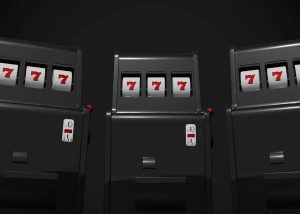Breaking the Cycle: Loan Strategies for Unemployed Individuals
Navigating the financial landscape while unemployed can be challenging, especially when unexpected expenses arise. The need for quick cash may lead you to consider taking out a loan, but with no steady income, many lenders are hesitant to offer funds. However, breaking the cycle of unemployment and debt is possible with strategic planning and an understanding of available resources.
Firstly, it’s essential to understand that not all loans are created equal. Some types of loans are more accessible for unemployed individuals than others. For instance, secured loans often require collateral such as a home or vehicle title. If you have these assets at your disposal and are confident in your ability to repay the loan on time, this could be a viable option.
Another alternative is peer-to-peer lending platforms where individual investors fund loans instead of traditional banks or credit institutions. These platforms often have more flexible criteria for borrowers; however, interest rates may be higher than regular bank loans.
Additionally, some lenders offer payday or cash advance loans specifically tailored towards those without employment. While these can provide immediate relief in times of crisis, they come with high-interest rates and short repayment terms which can quickly trap borrowers in a cycle of debt 무직자대출 if not managed properly.
To break free from this potentially vicious cycle requires strategic planning and disciplined execution. One strategy is utilizing any severance pay or savings effectively until new employment is found. Prioritize necessary expenses like housing costs and groceries over non-essentials like entertainment or dining out.
Furthermore, consider seeking assistance from government programs designed to aid those facing unemployment. In many countries around the world including the US and UK among others there exist schemes providing monetary support during periods of joblessness which could help cover basic needs while searching for new employment opportunities.
Simultaneously it’s crucial to actively seek new job opportunities or even explore self-employment options based on personal skills or interests that could generate income while between jobs.
Finally yet importantly don’t forget about networking both online via platforms like LinkedIn and in-person at job fairs or industry events. By connecting with others in your field you may discover opportunities not advertised on traditional job boards.
In conclusion, while navigating the financial landscape without steady employment can be challenging, it’s not impossible. By understanding the types of loans available to unemployed individuals, strategically planning for essential expenses, and actively seeking new employment opportunities, it is possible to break free from the cycle of unemployment and debt. Remember that each individual’s situation is unique so what works for one person may not work for another but by remaining proactive and informed you can develop a strategy that works best for you.









